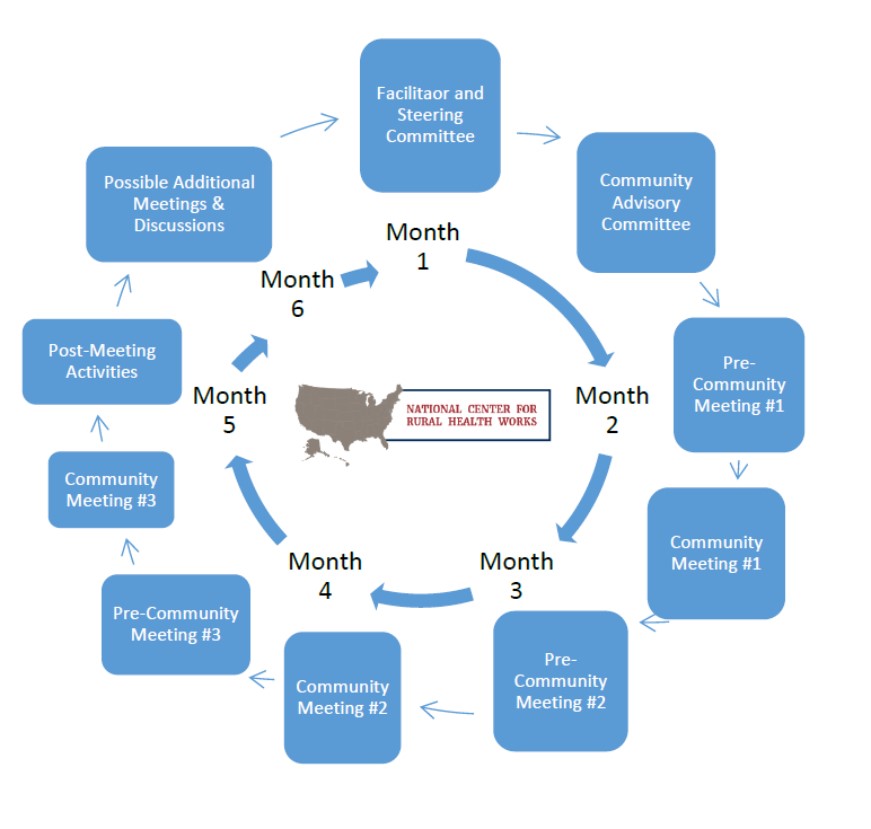The National Center for Rural Health Works has provided a community health needs assessment (CHNA) for many years. With the pass of “The Patient Protection and Affordable Care Act” in 2010, al 501©(3) hospitals must conduct a CHNA process to meet the US Dept. Treasury and IRS rules.
The CHNA toolkit was created to provide state and community organizations the ability to complete a community health needs assessment. State and community organizations that should be contacted to complete a CHNA are state offices of rural health, rural health associations, economic development organizations, and hospital associations. Organizations utilizing our community health needs assessment toolkits should have the ability to complete a study for your community.
How long is a community health needs assessment process?
A community health needs assessment will take about 6 months. However, using our CHNA toolkit and our economic impact and data analysis tools, the process should run smoothly and be useful in creating a robust community-based health system.
What is the process of a community health needs assessment?
Shown below is a diagram, of the steps and timeline for your community health needs assessment. While the diagram shows that only three meetings are necessary, the NCRHW recommends that your center have a fourth meeting, to finalize your community health needs assessment.

Click on each of the steps you will find the necessary documents to complete each step